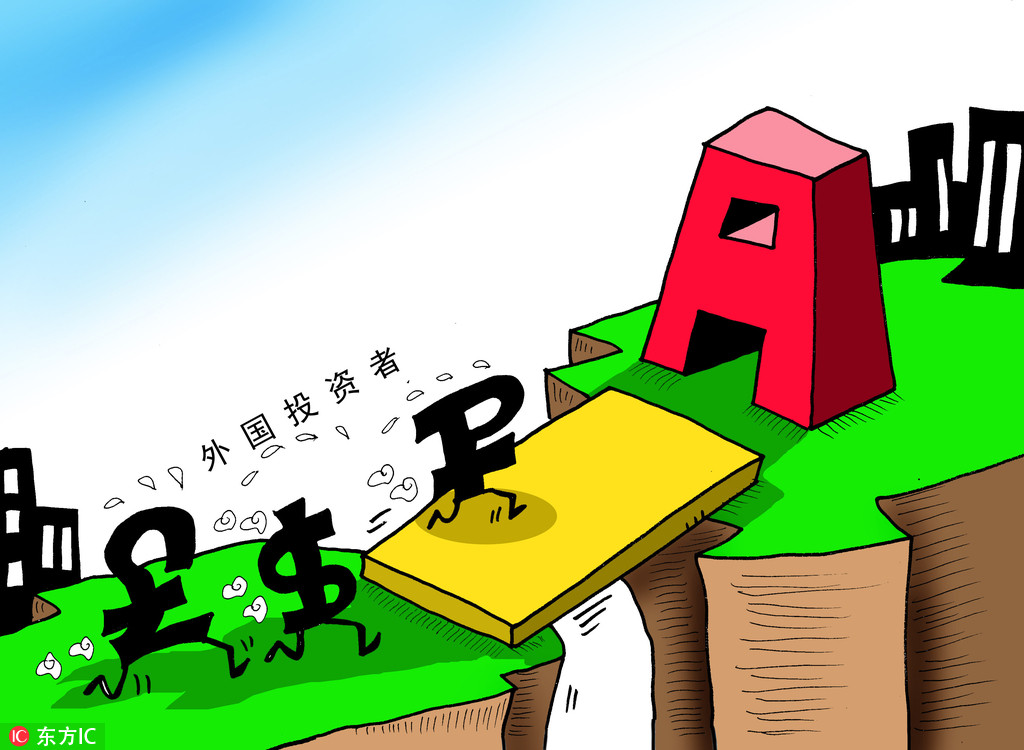JSCh
ELITE MEMBER

- Joined
- Jun 9, 2011
- Messages
- 13,233
- Reaction score
- 2
- Country
- Location
NEWS | PHYSICS | 31 JULY 2018
Physicists barge in on economists. Predictions ensue
A radical simplification of economic forecasting models produces interesting, if controversial, results. Michael Lucy reports.

Economic modelling of cities – in this case, Tokyo – is vastly complex and requires hundreds of variables.
Deep down every physicist believes that, if they only had a spare six months, they could put the messy human science of economics on a more precise and rational footing. A team of Italian physicists is trying to make the daydream a reality, but they are finding the job takes a little longer.
“We have been working on this for around six years now,” says Andrea Tacchella of the Institute for Complex Systems in Rome, the first author of a paper on the research published in the journal Nature Physics.
Led by Luciano Pietronero of Sapienza University of Rome, the researchers used publicly available export data to produce five-year gross domestic product (GDP) forecasts for countries around the world. The results are on average 25% more accurate than those of the International Monetary Fund.
The field of economic complexity studies the economy with tools from the discipline-straddling science of complex systems. It involves webs of large numbers of elements (such as atoms, or animals or companies) that interact with each other in complicated, non-linear ways. These interactions create coherent structures and “emergent” properties.
Seen in this way, economics bears a relationship to the flow of a turbulent fluid or the behaviour of a traffic jam, and might – just might – be described by a relatively simple set of rules.
The team’s aim, they write, is a “fundamental rethinking of economic modelling hat goes in the direction of a more scientific and less dogmatic approach”.
A country’s economy is a complex system par excellence: millions of individual humans interacting with each other in a movable maze of possibilities and constraints ranging from the physical availability of resources to education levels and fiscal policies, all while the country itself is furiously exchanging goods, services and people with the rest of the world.
Traditional forecasting techniques might try to take hundreds of these variables into account, but Pietronero’s team instead aimed at radical simplification. They built a model with only two variables: the first is the country’s current GDP and the second what they call “economic fitness”.
“Fitness is an indicator of how much a country’s export products are diversified, weighted by how complex its products are,” says Tacchella. So, the broader the range of products a country exports, and the more complex they are, the more fit it is deemed to be and the more strongly its GDP is likely to grow. (An extra non-linear snarl is added by the calculation of the complexity of a product: it is determined by the fitness of all the countries that produce it.)
The results are certainly promising. In 2015, the method correctly suggested the Chinese economy would keep growing strongly, when many other forecasts said it was headed for a sharp slump. And retrospective use of the method revealed trouble ahead for Brazil and Russia as early as 2005, when the likes of Goldman Sachs were predicting they would be economic powerhouses of the twenty-first century.
Economic fitness is slowly making inroads into the economic profession. “We have many positive interactions with economists,” says Tacchella, but he concedes that there is “some resistance from the most conservative”.
One economist who has reservations is Mikhail Anufriev of the University of Technology Sydney in Australia. “Using export data as a proxy for country competitiveness is a good idea,” he notes, but he’d like to see more detail about the method and its results.
“The choice of IMF forecasts as a comparison basis for the new method is somewhat unconventional,” he adds, since they are not made transparently, and Pietronero’s team may simply be removing hidden biases in the IMF forecasts. “This is closer to a machine learning approach than dynamic system modelling,” he says.
In the end, the market will decide. Pietronero’s group have been working for the last two years with the World Bank in Washington DC, and the World Bank’s sister organisation the International Finance Corporation is already using economic fitness to guide its decisions. The bank is now publishing economic fitness data on its website.
The Chinese and Italian governments are also interested, according to Pietronero, as is the EU Commission.
Next up on the research agenda? Predicting innovation itself, says Tacchella: “This comes with new challenges, because predicting innovation means predicting something that by definition has never been.”
MICHAEL LUCY is features editor of Cosmos.
Physicists barge in on economists. Predictions ensue | Cosmos
Physicists barge in on economists. Predictions ensue
A radical simplification of economic forecasting models produces interesting, if controversial, results. Michael Lucy reports.

Economic modelling of cities – in this case, Tokyo – is vastly complex and requires hundreds of variables.
Deep down every physicist believes that, if they only had a spare six months, they could put the messy human science of economics on a more precise and rational footing. A team of Italian physicists is trying to make the daydream a reality, but they are finding the job takes a little longer.
“We have been working on this for around six years now,” says Andrea Tacchella of the Institute for Complex Systems in Rome, the first author of a paper on the research published in the journal Nature Physics.
Led by Luciano Pietronero of Sapienza University of Rome, the researchers used publicly available export data to produce five-year gross domestic product (GDP) forecasts for countries around the world. The results are on average 25% more accurate than those of the International Monetary Fund.
The field of economic complexity studies the economy with tools from the discipline-straddling science of complex systems. It involves webs of large numbers of elements (such as atoms, or animals or companies) that interact with each other in complicated, non-linear ways. These interactions create coherent structures and “emergent” properties.
Seen in this way, economics bears a relationship to the flow of a turbulent fluid or the behaviour of a traffic jam, and might – just might – be described by a relatively simple set of rules.
The team’s aim, they write, is a “fundamental rethinking of economic modelling hat goes in the direction of a more scientific and less dogmatic approach”.
A country’s economy is a complex system par excellence: millions of individual humans interacting with each other in a movable maze of possibilities and constraints ranging from the physical availability of resources to education levels and fiscal policies, all while the country itself is furiously exchanging goods, services and people with the rest of the world.
Traditional forecasting techniques might try to take hundreds of these variables into account, but Pietronero’s team instead aimed at radical simplification. They built a model with only two variables: the first is the country’s current GDP and the second what they call “economic fitness”.
“Fitness is an indicator of how much a country’s export products are diversified, weighted by how complex its products are,” says Tacchella. So, the broader the range of products a country exports, and the more complex they are, the more fit it is deemed to be and the more strongly its GDP is likely to grow. (An extra non-linear snarl is added by the calculation of the complexity of a product: it is determined by the fitness of all the countries that produce it.)
The results are certainly promising. In 2015, the method correctly suggested the Chinese economy would keep growing strongly, when many other forecasts said it was headed for a sharp slump. And retrospective use of the method revealed trouble ahead for Brazil and Russia as early as 2005, when the likes of Goldman Sachs were predicting they would be economic powerhouses of the twenty-first century.
Economic fitness is slowly making inroads into the economic profession. “We have many positive interactions with economists,” says Tacchella, but he concedes that there is “some resistance from the most conservative”.
One economist who has reservations is Mikhail Anufriev of the University of Technology Sydney in Australia. “Using export data as a proxy for country competitiveness is a good idea,” he notes, but he’d like to see more detail about the method and its results.
“The choice of IMF forecasts as a comparison basis for the new method is somewhat unconventional,” he adds, since they are not made transparently, and Pietronero’s team may simply be removing hidden biases in the IMF forecasts. “This is closer to a machine learning approach than dynamic system modelling,” he says.
In the end, the market will decide. Pietronero’s group have been working for the last two years with the World Bank in Washington DC, and the World Bank’s sister organisation the International Finance Corporation is already using economic fitness to guide its decisions. The bank is now publishing economic fitness data on its website.
The Chinese and Italian governments are also interested, according to Pietronero, as is the EU Commission.
Next up on the research agenda? Predicting innovation itself, says Tacchella: “This comes with new challenges, because predicting innovation means predicting something that by definition has never been.”
MICHAEL LUCY is features editor of Cosmos.
Physicists barge in on economists. Predictions ensue | Cosmos


















